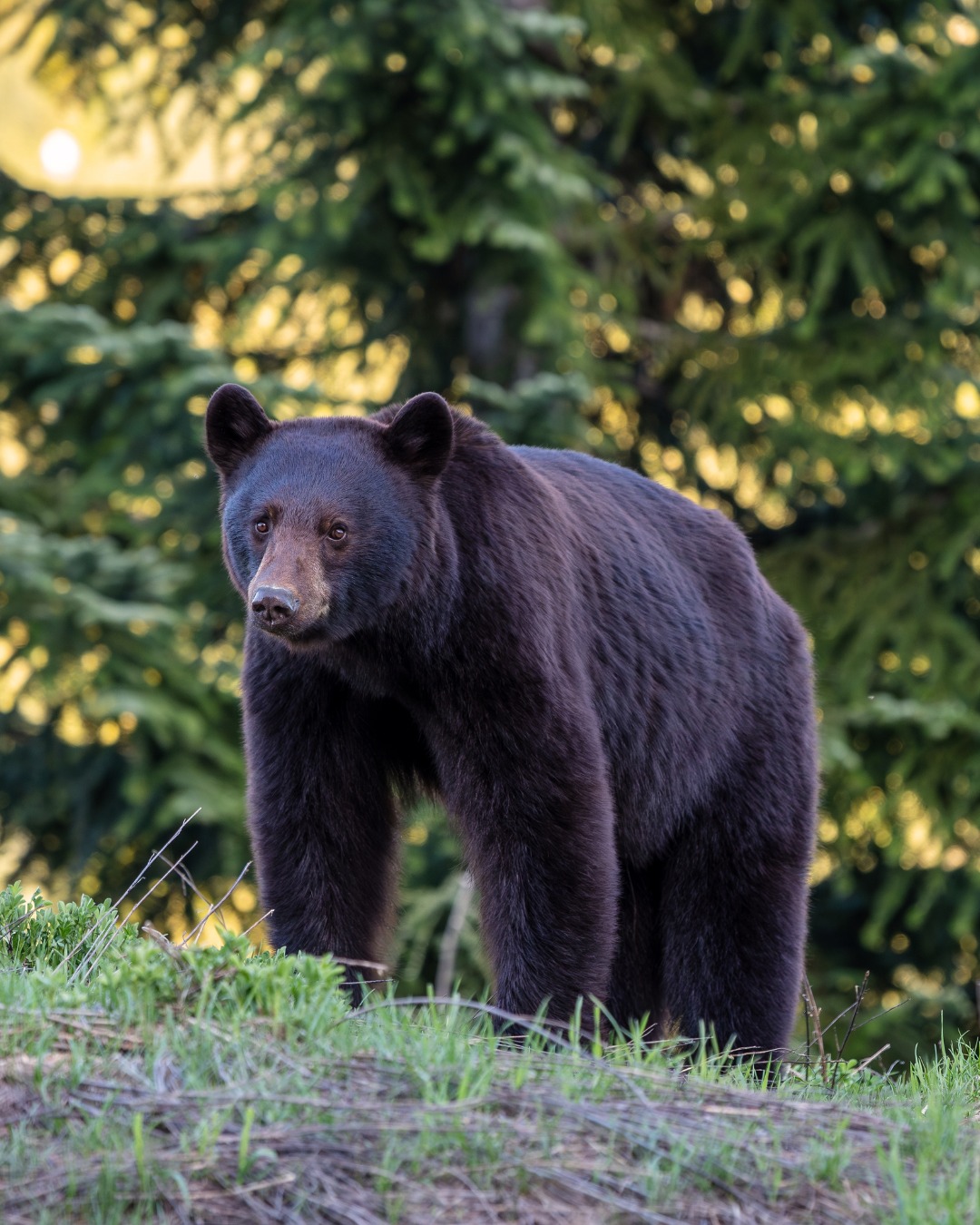Fraser Valley (with files from Julie Harlow, Editor Small Farm Canada) – We have had one heat dome and there are concerns of more extreme heat before the summer is out. So, how to reduce heat stress for livestock?
Some handy tips from Small Farm Canada:
Ruminants and hogs signal heat stress by open mouth panting. The potential risks of heat stress include losses in production, health, and wellness. Excessive heat is distressing for livestock, poultry, farmers, and ranchers alike.
Of all the poultry sectors, broiler chicken producers saw the greatest losses during the recent heatwave in British Columbia. Consensus for the losses being that their birds tend to be younger and are bred to grow rapidly. These factors make them more vulnerable versus laying hens, turkeys and other poultry which take longer to reach maturity.
Small Farm Canada is covering the top two must do’s to help your livestock and poultry beat the heat, and an App from U of G that features information to help alleviate heat stress in seven types of livestock, with a variety of ventilation systems, at varying temperature and levels of humidity, from no heat stress to full-on heat emergency.
Made in the Shade
Make sure livestock and poultry can access shade, all at the same time. Organic experts say man-made structures, trees, and forest are features that are a benefit in the pasture to ensure availability of sun cover. The entire herd should be able to access the shade at the same time with enough space for animals to lie down. Research on beef cattle shows improved weight gains and feed conversion efficiency with 45 sq ft or 4.18 sq m of shade/animal.
Unlike other livestock, pigs don’t have sweat glands so their bodies can’t sweat to cool down. In addition to shade-access, mud-in-shade access for wallowing, is a good heat alleviating strategy for pastured hogs. Another key is to keep the humidity down, a trickle from a hose or sprinklers are preferable to misters when making mud.
Water – Cool and Readily Accessible to All
Provide ample, cool, clean water in shade near cattle loafing areas. Cows will be reluctant to travel far, even 30 meters of open field is a deterrent when the sun is intense and temperatures high. Cattle on range should also be able to readily access water with distances to stations appropriate for the season and geography. The steeper the grade, the shorter the distance needs to be for cattle to access a water station to avoid excess heat stress.
Also consider your herd make up, lactating cows with calves consume on average 55 litres per day whereas dry cows, bred heifers, and bulls average 38 litres per day, under average conditions.
The hotter it gets, the more important it is to ensure pigs have adequate access to an abundance of fresh, cool water. An adequate number of water stations, to avoid conflict and regular checks to ensure water sources are working are also a must.
There is an App for That
The University of Guelph and the Ontario Ministry of Agriculture, Food and Rural Affairs, have jointly developed a free app available from Google Play or Blackberry Marketplace to calculate the level of heat stress experienced by livestock. Producers use it to calculate the heat stress index on their smart phone by inputting the temperature and the relative humidity. The output links them to various management options they can use to reduce the potential heat stress on their animals, at their fingertips, anytime, anywhere!
To download the app visit: http://www.omafra.gov.on.ca/english/engineer/facts/heat-app.htm






